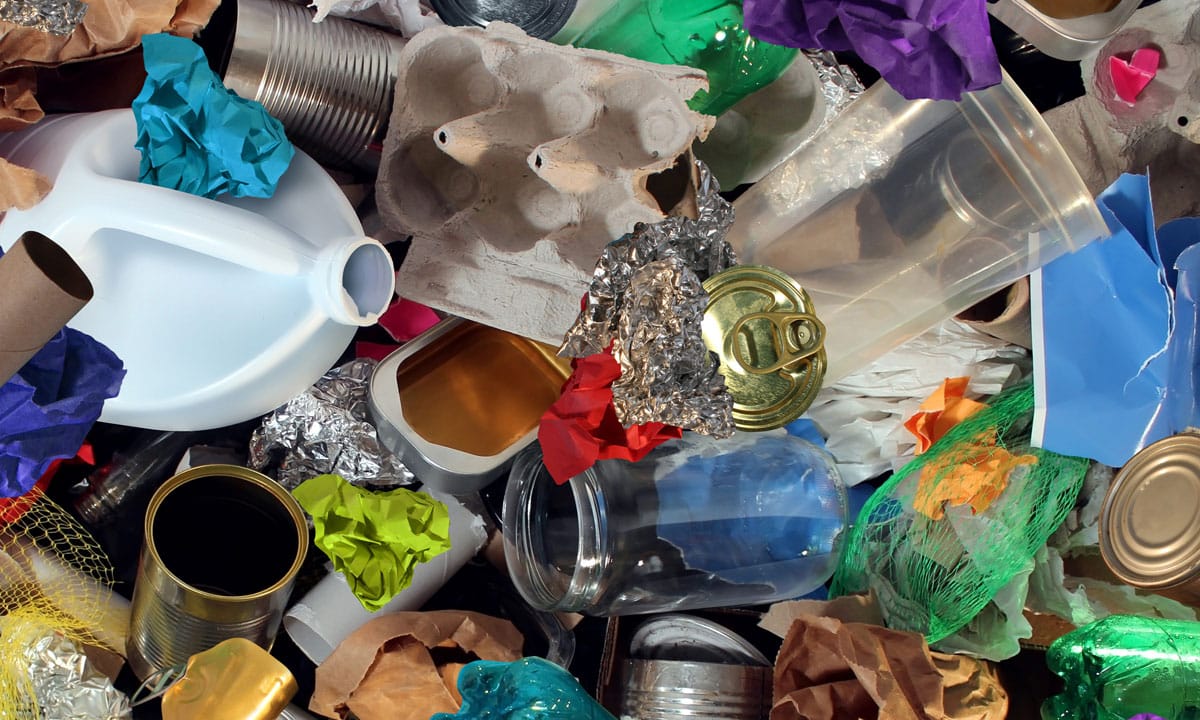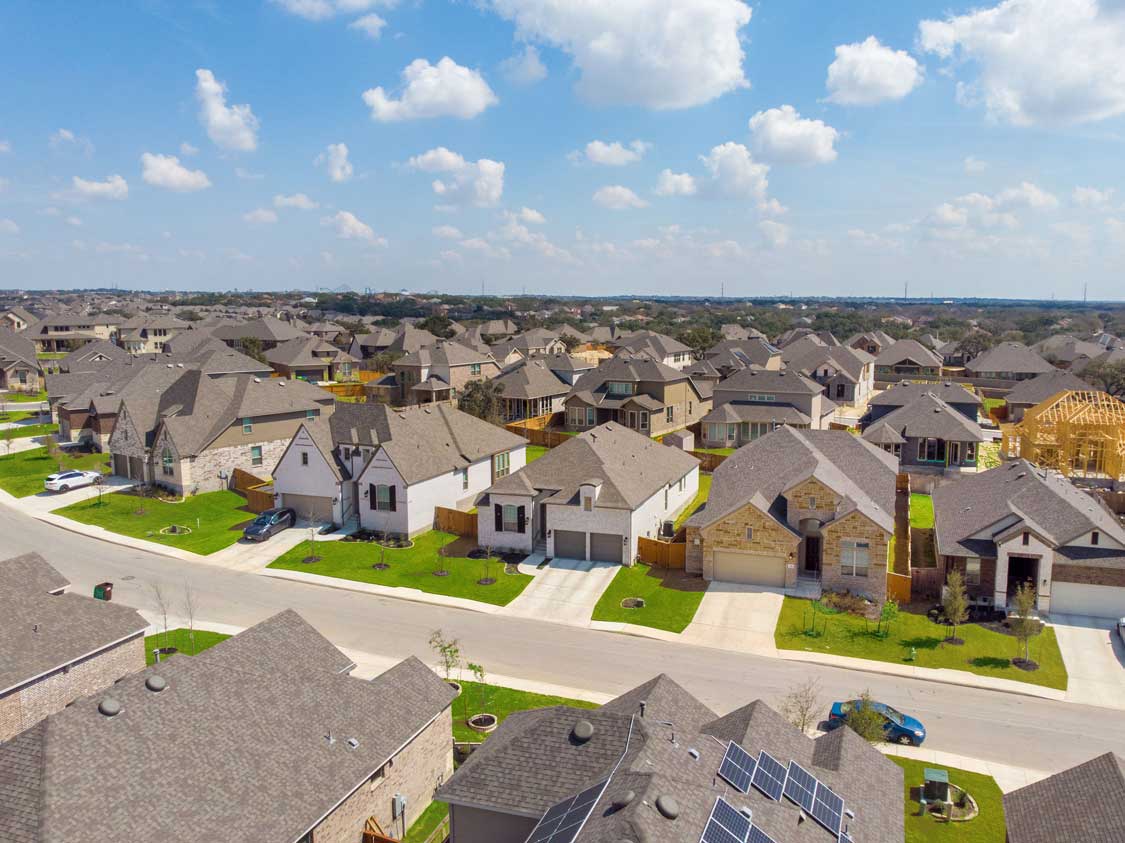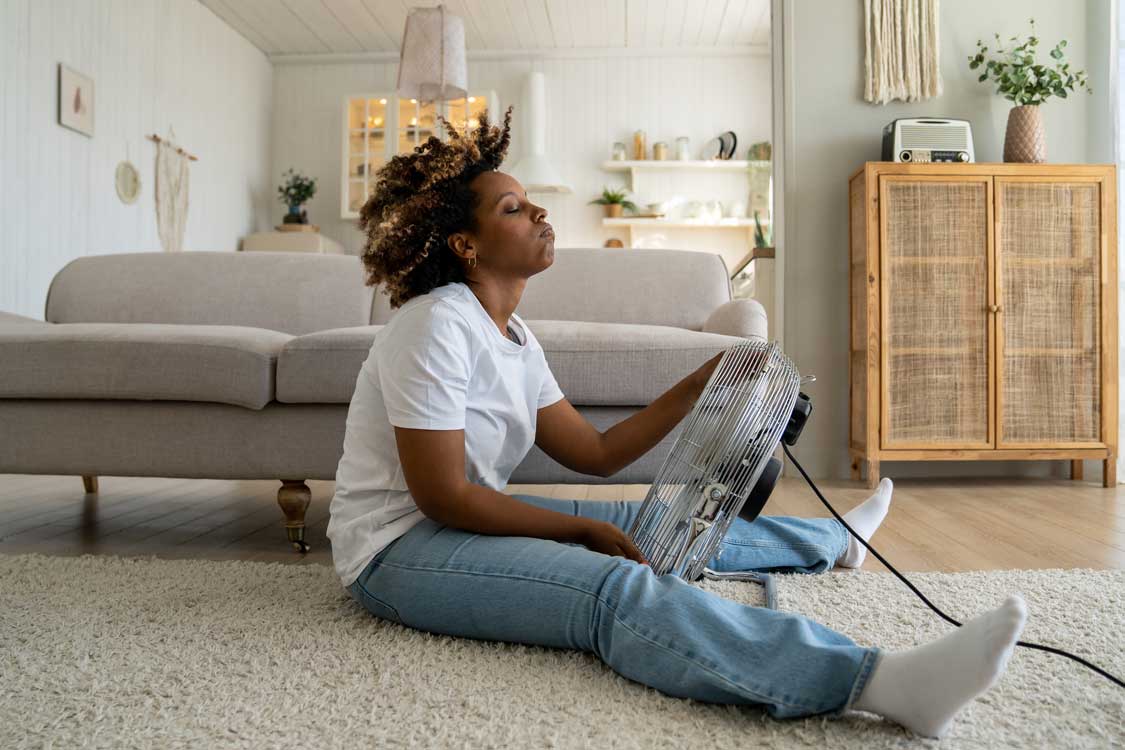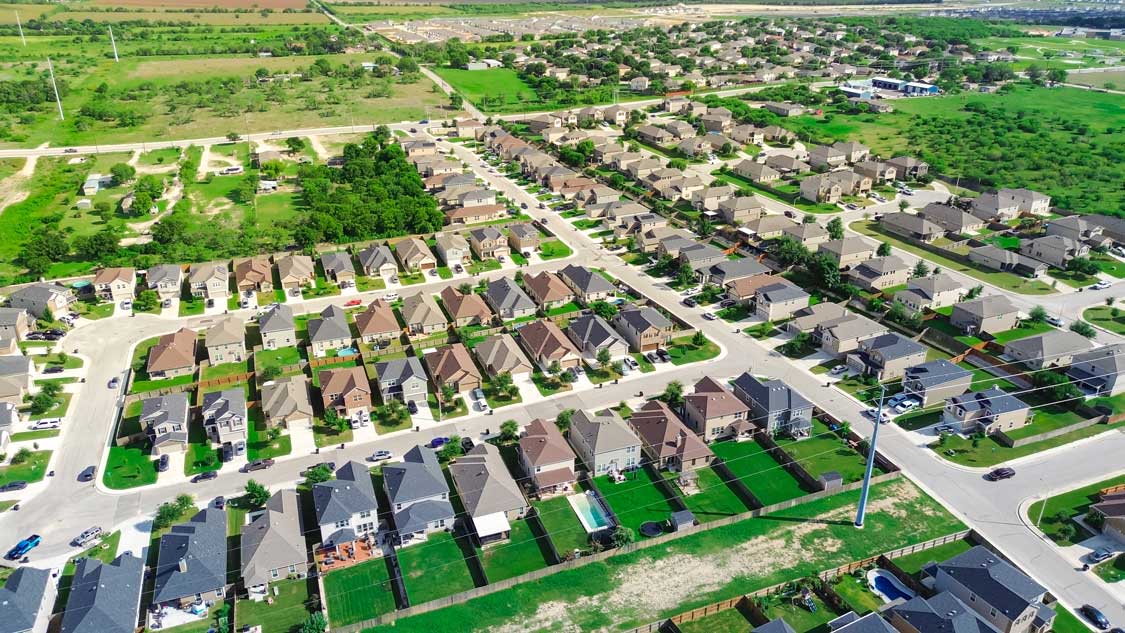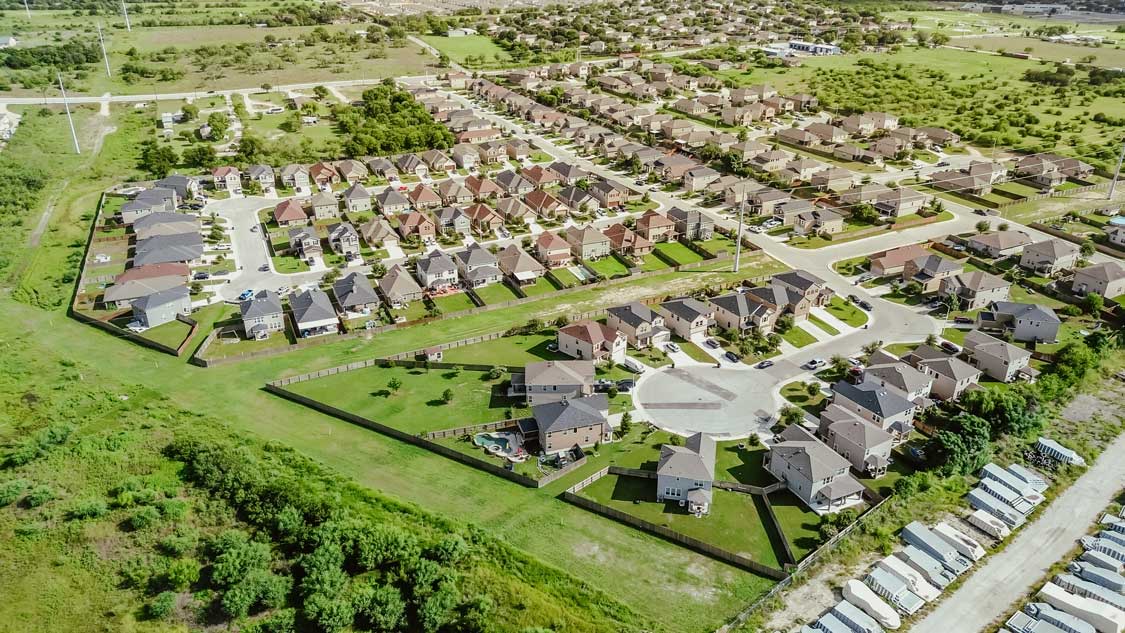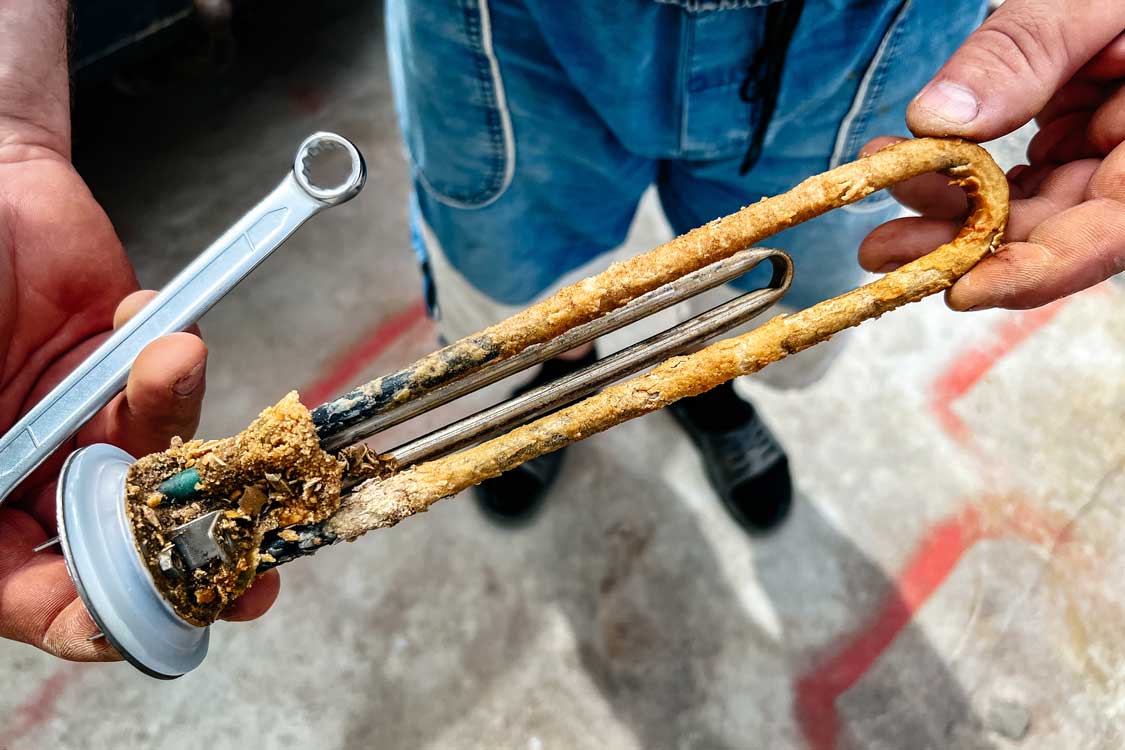At Radiant Plumbing, Air Conditioning, & Electrical, we understand the importance of maintaining a healthy and safe home environment. Serving Austin, San Antonio, and the entire Central Texas area since 1999, we are dedicated to improving your indoor air quality 24/7. This blog post aims to build awareness about common indoor air pollutants and how you can mitigate them to ensure a healthier home.
Unique Texas Issues Causing Air Pollution
Humidity
Austin and San Antonio are no strangers to high humidity levels, which can foster mold and mildew growth. Controlling indoor humidity is crucial in preventing these issues. Dehumidifiers and air conditioners are effective tools in maintaining optimal humidity levels, reducing the risk of mold and mildew.
Dust and Allergens
Central Texas is known for its dust and pollen, which can significantly affect indoor air quality. Regular cleaning, combined with the use of air purifiers equipped with HEPA filters, can help minimize the impact of these allergens. Our team at Radiant can help you choose the right air purifier for your home.
Energy Efficiency
Hot summers in Texas mean a heavy reliance on air conditioning. Ensuring your HVAC system is efficient and well-maintained not only helps in reducing indoor pollutants but also keeps your energy costs down. Regular maintenance checks by our professionals can make a big difference.
14 Common Indoor Air Pollutants
1. Cleaning Products
How they pollute: Many cleaning products contain volatile organic compounds (VOCs) that evaporate into the air, causing indoor air pollution and leading to health problems like headaches and respiratory issues.
Mitigation: Use natural or eco-friendly cleaning products. Ensure good ventilation while cleaning, and consider homemade cleaning solutions like vinegar and baking soda.
2. Paints and Varnishes
How they pollute: Paints and varnishes release VOCs as they dry, which can linger for months.
Mitigation: In areas like Austin and San Antonio, where new construction and renovations are common, it is crucial to opt for low-VOC or VOC-free paints and varnishes. Ensure proper ventilation during and after painting, and allow painted areas to air out thoroughly to minimize the impact of these emissions during home improvement projects.
3. Aerosol Sprays
How they pollute: Aerosol sprays release VOCs and other harmful chemicals.
Mitigation: Choose pump sprays or solid alternatives. Use natural air fresheners like essential oils or potpourri.
4. Carpets and Rugs
How they pollute: Carpets trap dust, dirt, pet dander, and allergens, and new carpets can emit VOCs.
Mitigation: Vacuum regularly with a HEPA filter vacuum. Consider natural fiber rugs or low-VOC carpets. Clean carpets professionally.
5. Furniture and Upholstery
How they pollute: Furniture can release formaldehyde and other chemicals and accumulate dust and allergens.
Mitigation: In Texas, where new homes and renovations are common, it’s important to choose low-emitting, natural materials for furniture and upholstery to minimize indoor air pollution. Regularly clean and dust furniture to further reduce the accumulation of allergens and pollutants, ensuring a healthier home environment.
6. Candles and Incense
How they pollute: Burning candles and incense releases particulate matter, soot, and VOCs.
Mitigation: Use natural wax candles like beeswax or soy, and limit incense use. Ensure proper ventilation.
7. Gas Stoves and Heaters
How they pollute: Gas stoves and heaters can produce nitrogen dioxide, carbon monoxide, and other pollutants.
Mitigation: In Texas, where many homes use gas for cooking and heating, it is crucial to ensure appliances are well-maintained and use an exhaust fan while cooking to prevent indoor air pollution. Consider electric alternatives to reduce emissions. Regular maintenance and proper ventilation are essential to keep your indoor air safe and healthy.
8. Pesticides
How they pollute: Pesticides release harmful chemicals into the air.
Mitigation: Use natural pest control methods and ensure proper ventilation when using pesticides.
9. Dry Cleaning Chemicals
How they pollute: Dry-cleaned clothes can emit perchloroethylene (PERC).
Mitigation: Choose eco-friendly dry cleaners and air out clothes before bringing them inside.
10. Personal Care Products
How they pollute: Personal care products can contain VOCs.
Mitigation: Opt for natural and fragrance-free products and use them in well-ventilated areas.
11. Cooking Emissions
How they pollute: Cooking can release particulate matter and smoke.
Mitigation: Use range hoods or exhaust fans and prefer cooking methods like boiling or steaming.
12. Building Materials
How they pollute: Certain building materials can release formaldehyde and other chemicals.
Mitigation: In areas like Central Texas, where new home construction and renovations are prevalent, it is especially important to choose low-VOC and formaldehyde-free materials. Ensuring good ventilation during and after construction projects is crucial to minimize indoor air pollution and maintain a healthy home environment. By selecting low-emission materials and prioritizing ventilation, you can significantly reduce the impact of these pollutants.
13. Radon
How it pollutes: Radon is a naturally occurring radioactive gas that can seep into homes.
Mitigation: Test your home for radon and install a mitigation system if needed.
14. Mold and Mildew
How they pollute: Mold and mildew release spores into the air.
Mitigation: Control humidity, use dehumidifiers, and clean any areas affected by water promptly.
Improving Your Indoor Air Quality
Maintaining good indoor air quality is essential for your family’s health and well-being. At Radiant, we offer a variety of solutions to help you achieve cleaner, healthier air in your home. Here are some effective strategies to improve your indoor air quality:
- Ventilation: Ensure your home is well-ventilated to allow fresh air to circulate and dilute indoor pollutants. Use exhaust fans in kitchens and bathrooms. Radiant can install and repair whole home ventilation systems to enhance airflow.
- Air Purifiers: Invest in air purifiers with HEPA filters to reduce airborne particles and allergens. Radiant offers a range of air purifiers, including advanced models with UV filters that can significantly improve your indoor air quality.
- Houseplants: Certain houseplants can help improve indoor air quality by absorbing pollutants. Examples include spider plants, snake plants, and peace lilies.
- Whole Home Filtration Systems: Radiant can install state-of-the-art whole home filtration systems that effectively remove pollutants from your indoor air, providing a cleaner and healthier living environment.
- Duct Cleaning and HVAC Maintenance: Regular duct cleaning and HVAC maintenance are essential to ensure your air conditioning and heating systems are not contributing to indoor air pollution. Radiant provides comprehensive duct cleaning and HVAC maintenance services to keep your system running efficiently and your air clean.
Call Radiant
At Radiant, we are committed to helping you breathe easier. Contact us today to test and improve your home’s air quality with our range of home purifiers, filters, and UV filter systems. Serving Austin, San Antonio, and the entire Central Texas area, we are available 24/7 to assist you with all your plumbing, heating, and cooling needs. Your health and comfort are our top priorities.

